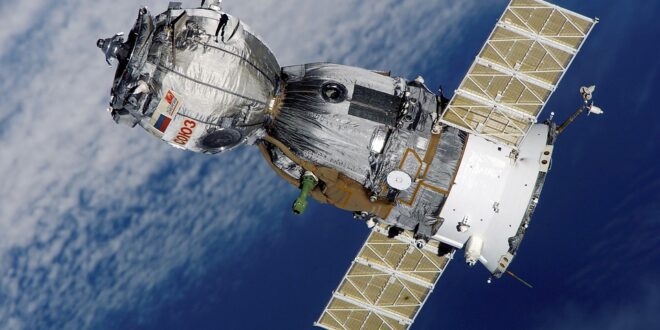Beyond Earth: Exploring the Best Space Stations
Have you ever dreamed of traveling among the stars? Well, fortunately for you, it’s possible – at least for a select few space-faring individuals. Since the dawn of space exploration, humanity has built a variety of space stations both in orbit and beyond our planet. Today, we’ll explore a few noteworthy examples and uncover what makes each one unique.
The International Space Station
We can’t talk about space stations without mentioning the International Space Station, or ISS for short. The ISS is one of the most well-known space stations and is a remarkable achievement of human engineering. Over the years, the ISS has housed hundreds of astronauts from all over the world, and everyone’s commitment has significantly advanced scientific research in space. In addition, the ISS is the perfect tool for comparative studies on the biological and environmental limits of what is achievable in space.
The Tiangong Space Station
China built its first space station called Tiangong in 2011. Over its brief tenth-month existence, Tiangong housed two crewed missions spanning 20 days inside the station. At nearly 20 metric tons, Tiangong was one-fifth the size of the ISS. Nonetheless, it served as an important test-bed for China’s space exploration plans, particularly hyper-extended high-orbit crewed spaceflight and advanced surveillance of neighboring outer space locales.
The Hubble Space Telescope
Unlike conventional space stations, the Hubble space telescope, which orbits around 350 miles above Earth on an absolutely bullet, does not house perpetually orbiting astronauts or cosmonauts. Instead, it mostly impartially peers deep into acutely specific regions of space and initiates of groundbreaking observations another imperatively orbiting perspective. To date, the Hubble space telescope has helped broaden scientists’ convictions of the origin, quintessence, and growth of the cosmos by providing an unhindered view into the profundities of space.
The Mir Space Station
The Mir Space Station was the former Soviet Union’s space exploration brand enigma. While most Soviet spaceflight advancements don’t age well, thankfully the Mir Space Station was anything but obsolete during its service between 1986 and 2001. From experimenting with terrestrial and avian hatchling and faunal adaptation in gravity isolator chambers to evaluating technological protuberance on geostationary ranges, the pioneers who cast up on work on this innovative station played catalysts to numerous honoursable moments of pioneering work.
In conclusion, today’s excursion showed space stations’ efforts to conceive new information and occasionally revisit familiar topics. Each of the space stations we discussed served as important tools for humankind’s inexorable drive into space. While some remain active, others were important stepping stones to the future development of technology and software geared to making life and discovery agreements even more comfortable in the stars. So, how much longer before we have family vacation flights to deep space lodgings? Keep following spacetrips.co to discover.
 Mind Uncharted Explore. Discover. Learn.
Mind Uncharted Explore. Discover. Learn.



